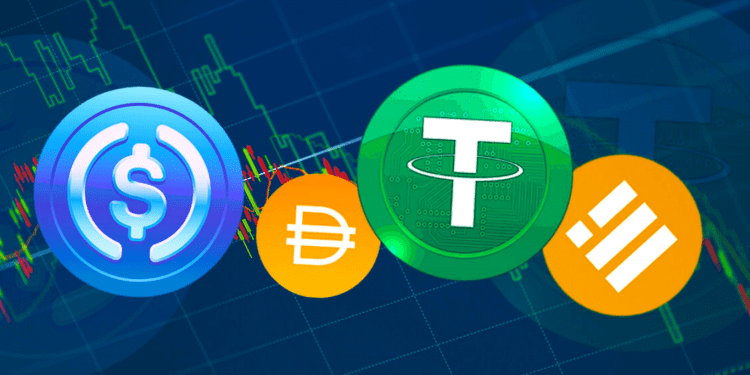Stablecoin issuers such as Tether and Circle have expended over $1.3 million since 2022, lobbying Congress to sway laws and regulations that will shape the industry’s future.
- Stablecoin issuers including Tether, Circle, and Paxos have invested over $1.3 million in lobbying.
- Tether alone has deployed around $600,000 in support of stablecoin-related legislation, with quarterly spending reaching $120,000.
Introduction
Stablecoin issuers like Tether and Circle have actively lobbied lawmakers, committing over $1.3 million to push for stablecoin-related legislation and regulations. These businesses are endeavoring to influence their industry’s future in response to heightened attention toward stablecoins and the need for a legal framework for these dollar-pegged digital assets.
Tether’s Lobbying Undertakings
Tether, the entity behind the world’s most recognized stablecoin, USDT, has engaged the legal services of Michael Jason Lee and the bipartisan consulting firm FTI Government Affairs to bolster its lobbying efforts. According to ProPublica, Tether has reportedly invested close to $600,000 in lobbying since the onset of 2022. With a quarterly budget of $120,000, the company lobbies the US Senate and House of Representatives, aiming to propel stablecoin-related legislation.
Circle’s Advocacy for Stablecoin Legislation
Another esteemed stablecoin issuer, Circle, has made considerable investments in lobbying efforts. Circle began a partnership with the strategic consulting firm Invariant in the second half of 2021, and since then spending at least $560,000 on lobbying. The company’s lobbying agenda primarily focuses on informing lawmakers about its business model, discussing stablecoin and cryptocurrency issues with Congress members, and closely tracking cryptocurrency initiatives. Circle has engaged with entities like the CFTC and SEC, championing stablecoin laws and emphasizing the importance of secure access to digital currency, using USDC as its flagship stablecoin.
Paxos’ Lobbying Undertakings
Paxos, the former issuer of the Binance stablecoin BUSD, has allocated nearly $300,000 to lobbying efforts since the start of 2022. The company collaborates with the bipartisan public policy firm Mindset to address concerns about evolving stablecoin legislation. Paxos aims to contribute to the dialogue on stablecoin regulations, ensuring professional standards are upheld.
The Importance of Stablecoin Lobbying
The lobbying efforts of stablecoin issuers underscore the escalating importance of stablecoins in the financial landscape. With a combined market dominance of 63% for Tether’s USDT and an $83 billion circulation, a 22.6% market share, and a $29.5 billion circulation for Circle’s USDC, these companies have substantial influence over the formation of stablecoin legislation. Stablecoin issuers aspire to shape a comprehensive regulatory framework that ensures the stability and transparency of stablecoin operations, engaging actively with legislators and regulatory bodies toward this objective.
The Broader Context: Increased Crypto Industry Lobbying
While stablecoin issuers’ lobbying initiatives have seen significant funding, other notable crypto companies have outspent them. For example, Coinbase has invested nearly $5.5 million in lobbying since 2015, while Binance.US spent approximately $1 million on lobbying activities in 2022 alone. These figures highlight the growing recognition of the cryptocurrency sector’s importance and the corresponding rise in lobbying efforts to shape laws and regulations favorably toward the sector’s goals.
Conclusion
Since 2022, stablecoin issuers have allocated more than $1.3 million to lobby Congress, with Tether and Circle leading this endeavor. These issuers are striving to modify the regulatory environment to ensure their digital assets’ continued evolution and validity as stablecoins receive more scrutiny and attention in Washington. As the industry acknowledges the necessity for effective regulation, forming clear, stability-oriented stablecoin laws will be crucial for the digital economy’s ongoing viability.














